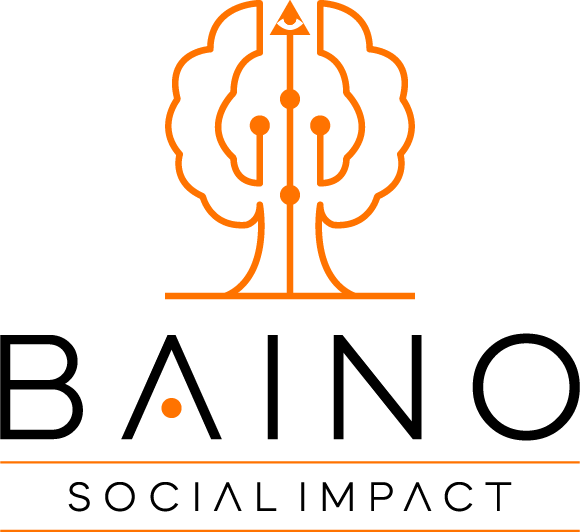All current poverty headcounts and mappings indicate that the living conditions in Busoga region are alarming.
Position of Most Recent Data
Uganda is a low-income sub-Saharan country among the poorest in the world. Over 41.7% of the population lives in extreme poverty, according to 2019/2020 data.
In Uganda, absolute poverty is defined as a “condition of extreme deprivation of human needs, characterised by individuals or households’ inability to meet or access the minimum requirements for decent human wellbeing, such as nutrition, health, literacy, and shelter.”
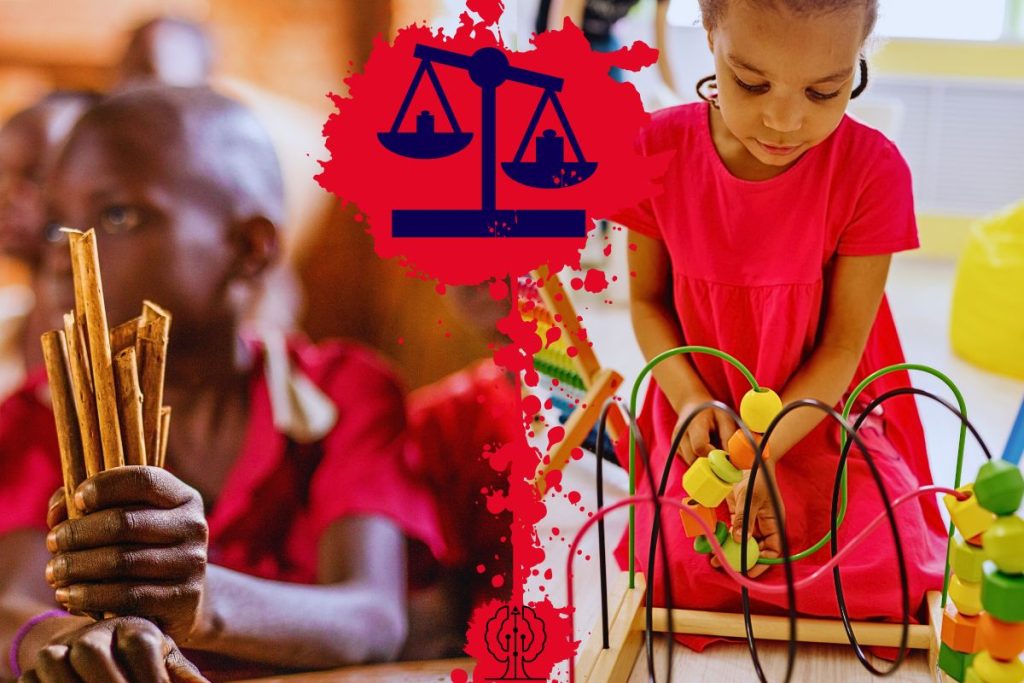
Remember that the measures applied to calculate these poverty levels are much lower than the World Bank’s International standards. Uganda’s estimated poverty data is based on US$0.88–US$1.04. So, 41% of people live on about $1 per day.
While extreme poverty at the national level slightly decreased, this decline has been far from being even across regions in the country. And as noted, regional inequalities in Uganda have been increasing at a higher rate since the 1990s.
The falling poverty at the national level presented in some reports masks the poor regional trends, and it doesn’t consider the depth of poverty in the Busoga region. Poverty in Busoga is deep and broad. People experiencing poverty are indeed very poor. These disparities are noticeable in all sectors of life, even in non-economic representations of poverty. It is such a mess.
Poverty is excruciatingly high in rural areas compared to urban areas, and considering that Busoga region comprises above 80 per cent rural, one can try to imagine how poor the living conditions are for residents living in those areas.
Given the country’s political interface, most national resources allocated to the Poverty Eradication Action Plan (PEAP) went to the central and western regions of the country. Those are the primary locations where poverty alleviation has occurred.
The PEAP program set out strategies and prioritised designated public expenditure and resources on key poverty reduction programmes in the nation, but how successful was it?
All the current poverty headcounts and mappings of the most recent extreme poverty data by the UBOS point out that the living conditions in Busoga are alarming.

Sources of Data
The household surveys conducted by the Uganda Bureau of Statistics (UBOS) are the key sources of Uganda’s poverty-related data.
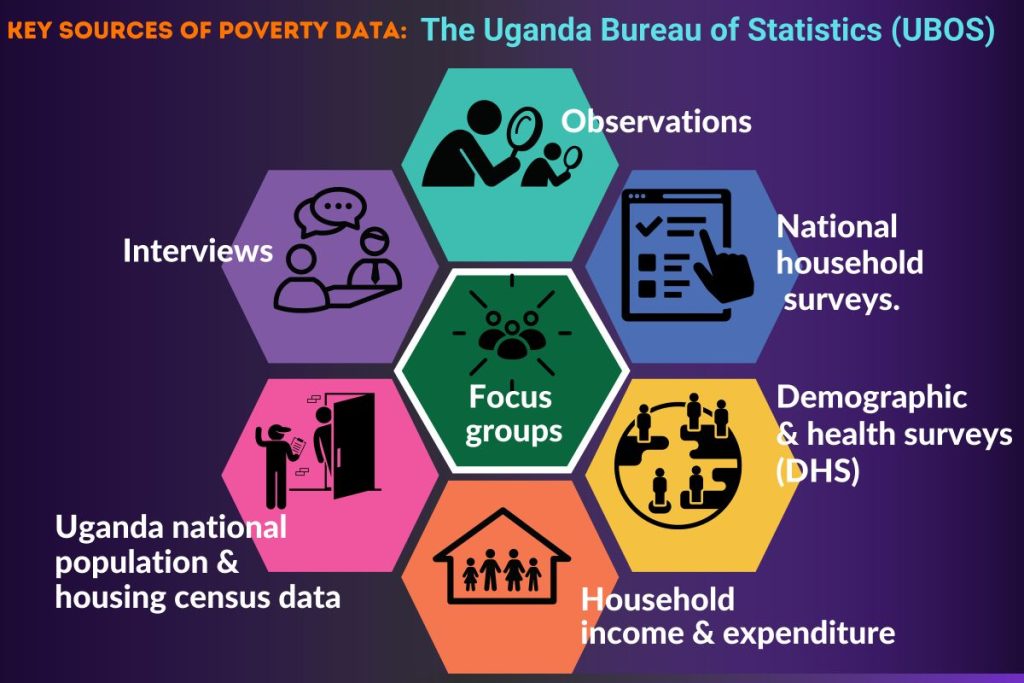
In terms of frequency, Uganda has produced three key sources of poverty data: household income and expenditure from 2000 to 2020, as well as the 2005/6, 1999/2000, 2012/13 and 2016/17 national household surveys. There is also data from the demographic and health surveys (DHS) for 2000/01, 2005/06, 2010/11 and 2016/17 carried out after every five years, and the 2014 Uganda national population and housing census data.
The proportion of the people in the Busoga region who live above the poverty line is categorised as “vulnerable to poverty’.
These individuals are above the Ugandan poverty line but are hovering around it. They are vulnerable to falling back below the line. The measures that helped them climb above the poverty line didn’t address poverty prevention or lay down strategies for it.
Some people fall under the ‘working poor’; their expenditure (as a proxy for income) falls below the poverty line.


In Busoga, poverty eradication is the top constraint to growth and development. Eradication of poverty in all its forms is the number one goal in achieving the Sustainable Development Goals (SDG).
Poverty is also the major stumbling block to attaining the region’s primary objective: to become truly literate to achieve transformation and become an ecologically sustainable, developed society.
Money-Metric Approach
Primarily, the money-metric approach is often used to measure welfare. The rationale is that an individual or a household above the monetary poverty line is assumed to possess enough purchasing power to obtain a bundle of attributes considered adequate for a sufficient level of well-being.
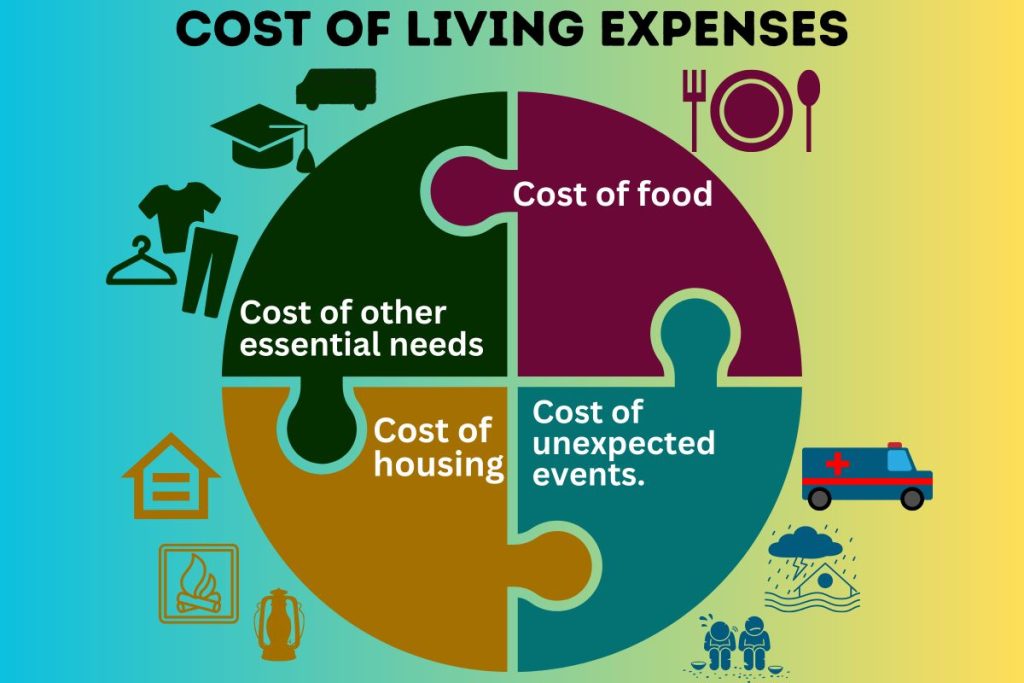
The Uganda National Household Survey (UNHS) uses household expenditure rather than income to measure the population’s living standards. It is argued that individual consumption depends on expected earnings over the long term. Respondents’ information on expenditure is more reliable than income data. Household income is the most critical determinant of economic well-being. It provides a measure of the resources available to the household for consumption and saving.
The 2016/17 UNHS collected information on various components of household income, including property income, current transfers and other benefits, income from enterprises, salaries and wages, and income from subsistence activities.
The five core dimensions of poverty reflect the deprivation of human capabilities: economic (income, livelihoods, decent work), human (health, education), political (empowerment, rights, voice), socio-cultural (status, dignity) and protective (insecurity, risk, vulnerability).
Measures to promote gender equality and protect the environment are also essential for reducing poverty in all these dimensions.
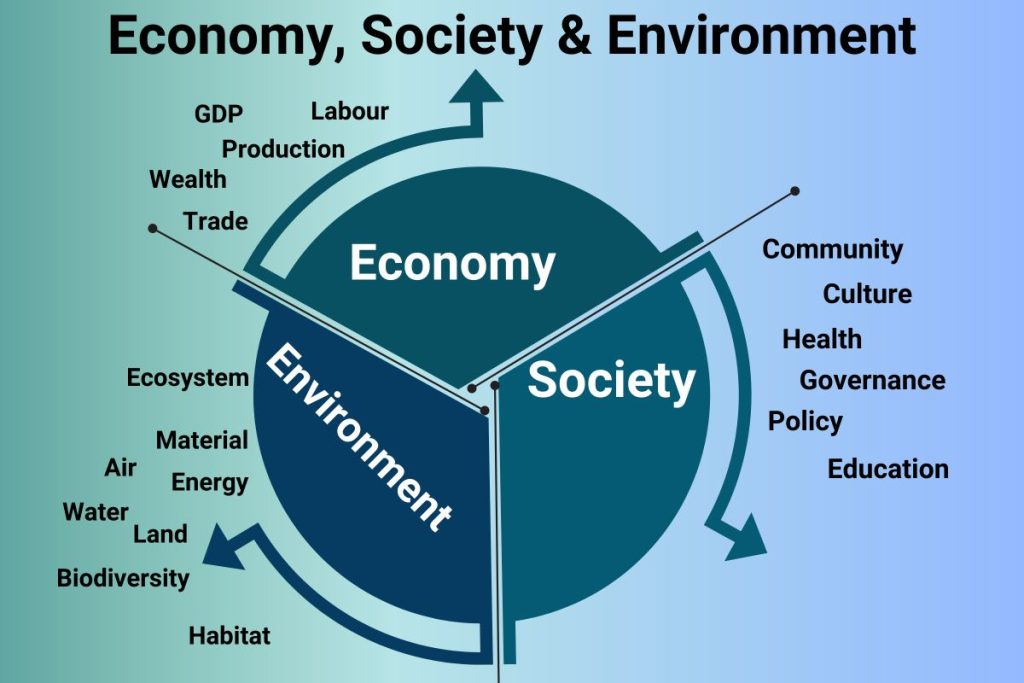
MAJOR TOOLS TO END POVERTY
The term “war on poverty” broadly refers to initiatives proposed to end poverty in the Busoga region.
In the right frame of things, Uganda can no longer ignore the extent of poverty in the Busoga region. The country should face two facts: poverty rates in the Busoga region are too high—in all sectors of life, especially among children. There is an absolute need to wage an unconditional war against this excruciating poverty, and the focus of the attack should be on its actual roots.
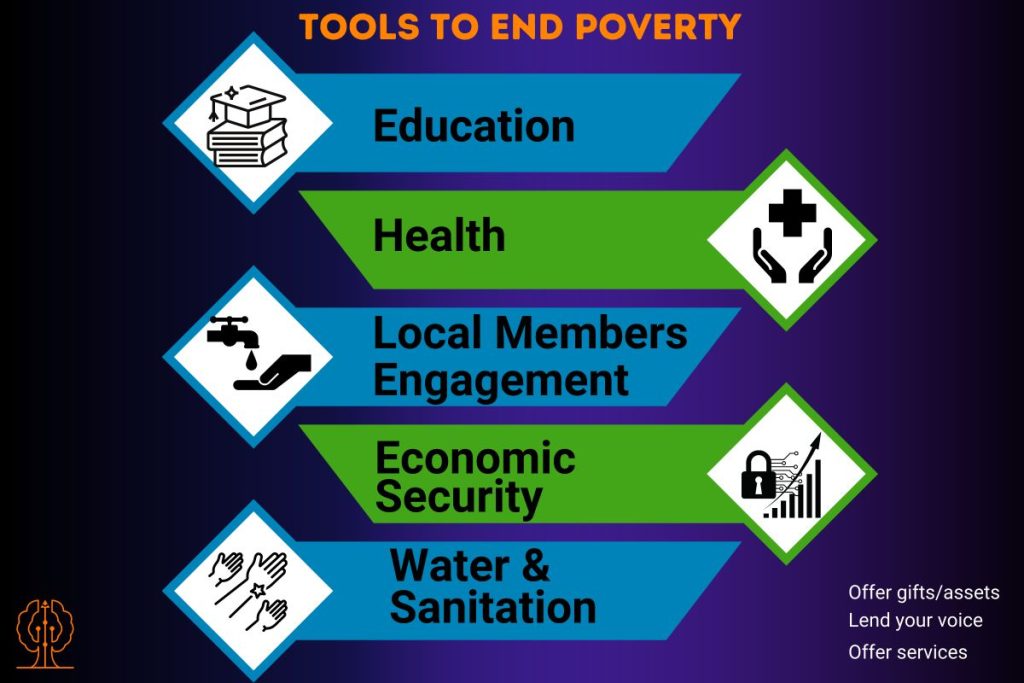
The grander vision of the Busoga region will become a distant illusion if this grinding poverty is not attacked at its core, making this objective a top priority. This objective is not to be confused with ‘relieving the symptoms of poverty’. The aim is to cure poverty and all its agents and prevent it from ever resurfacing again. That is key—and a benchmark for measuring the success of this purpose.
Members of the Busoga region must embrace this purpose in its entirety and hold themselves accountable for all the required socio-economic changes. This war should be driven and fought through their lenses.
People must initiate, supervise and coordinate all the anti-poverty initiatives, form helpful coalitions and lobby for the required support. They should commit to the necessary disciplined actions and be accountable for every form of value from those efforts.
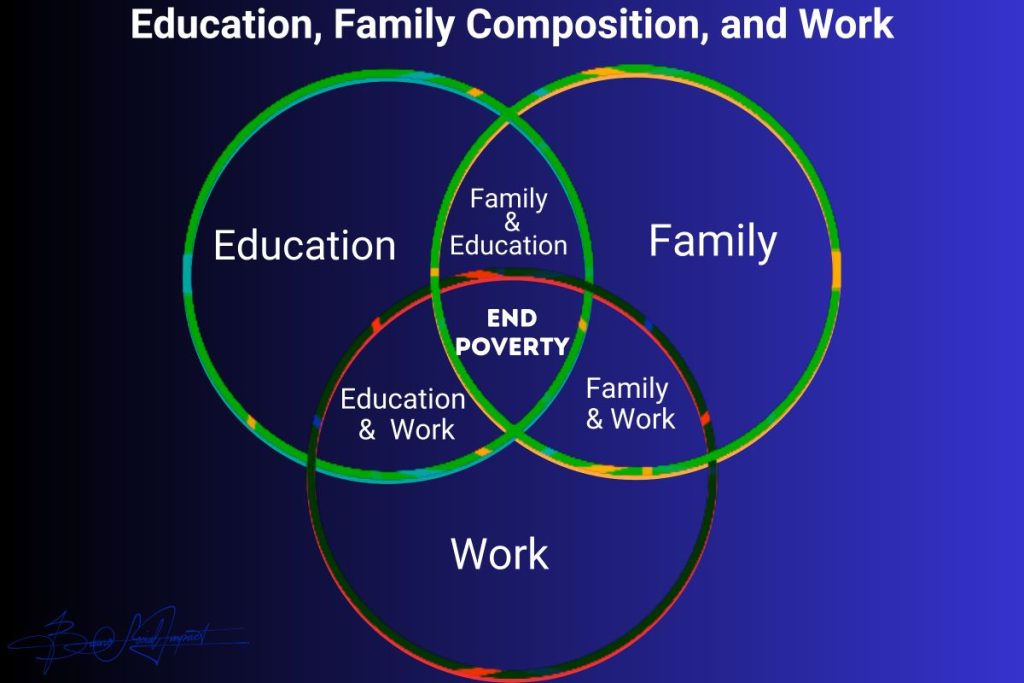
This mentality and approach compose the most reliable method known to uproot poverty by its core and end all pathways responsible for the intergenerational transmission of poverty: the cycle of poverty.
The three factors that are directly linked to poverty and whose control can be achieved are education, family composition, and work. It is easier to escape poverty with quality education or a marketable skill in this advanced and competitive modern economy, which features technological sophistication with a strong global appeal.

Over the long haul, establishing these skills will transform the region of Busoga in all key sectors that shape our society. They will increase human capital and health, eradicate poverty, and reduce inequality in all forms. Agriculture, business, labour, civil rights groups, and all levels of government will be transformed for the better.
To mount an effective war against poverty is never an easy accomplishment, nor a quick process. And although no single weapon or strategy can adequately surmount that enemy, this service promises never to rest until we win the war. We can’t afford to lose the war.
The five principal tools below will guide us in ending poverty: education, health, water and sanitation, economic security and direct engagement of local members. We are all urged to commit, support, and join to make the vision a reality.
